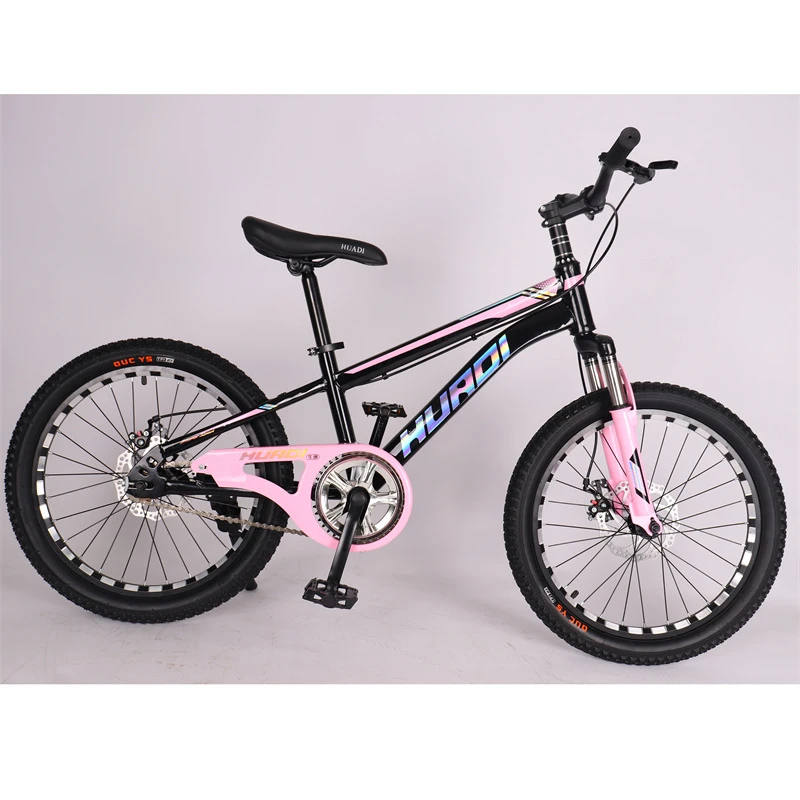kids training bike
The Joy of Teaching Kids to Ride a Training Bike
Teaching kids to ride a training bike is a significant moment in their early development. It’s not just about learning to balance and pedal; it’s about building confidence, independence, and a love for outdoor activities. In this article, we will explore the benefits, tips, and joys of introducing children to the world of bike riding.
The Importance of Learning to Ride a Bike
Riding a bike is a rite of passage for many children. It represents freedom and adventure, allowing kids to explore their environments in a new and exciting way. Learning to ride a bike also fosters physical development. It promotes coordination, balance, and strength. These physical skills translate into other areas of life, providing a solid foundation for sports and activities as children grow.
Moreover, riding a bike has numerous mental health benefits. It encourages children to spend time outdoors, which is crucial in an age where screen time is often prioritized. The fresh air and physical activity contribute to improved mood and reduced anxiety. Additionally, mastering a new skill such as bike riding can significantly boost a child’s self-esteem and confidence.
Choosing the Right Training Bike
Selecting the appropriate training bike is crucial for a positive learning experience. The bike should be the right size for the child; they should be able to touch the ground with their feet while seated. This stability allows them to feel safe and secure while learning to balance. Training bikes, or balance bikes, are particularly effective as they do not have pedals, enabling children to focus solely on balance and steering before introducing pedaling.
Adorn the bike with bright colors or fun accessories; this personalization can make the learning experience more engaging for the child
.Creating a Positive Learning Environment
When teaching kids how to ride a training bike, it’s essential to create a supportive and encouraging environment. Start in a safe, open space like a park or a quiet street where there are minimal distractions. Make sure the child is wearing appropriate safety gear, including a helmet, knee pads, and elbow pads.
kids training bike

Begin by explaining the basics and demonstrating how to balance on the bike. Encourage your child to push off with their feet, letting the bike glide. As their confidence grows, gradually introduce pedaling. A positive attitude is vital; celebrate their successes, no matter how small, and reassure them that falling is a part of the learning process.
Encouragement and Support
Children may feel frustrated or discouraged when they find it challenging to ride their training bike. It is essential to provide continual encouragement and support. Remind them that many children struggle initially and that persistence is key to mastering a new skill. Your role as a parent or guardian is to foster resilience and instill a sense of accomplishment.
Consider setting progressive goals. For instance, aim for riding a certain distance or balancing for a specific length of time before introducing pedaling. Reward their achievements with praise, and perhaps plan a fun outing once they’ve successfully learned to ride.
The Joy of Riding Together
One of the most rewarding aspects of teaching kids to ride a training bike is the shared experience. Once they have mastered the skill, it opens up a world of bonding opportunities. Family bike rides can become a cherished activity, allowing for quality time together in nature.
As children grow, their skills will develop, and bike riding can evolve from a simple activity into a lifelong hobby. The memories made during these early experiences can instill a lifelong love of cycling.
Conclusion
In conclusion, teaching kids to ride a training bike is more than just a fun activity; it’s an enriching experience that contributes to their physical, mental, and emotional development. By choosing the right bike, creating a supportive environment, and encouraging persistence, parents can help their children develop not only the skill of riding a bike but also the confidence to tackle new challenges. The joy of seeing a child ride independently for the first time is a memory that families will treasure for a lifetime. As children pedal away, they carry with them the thrill of newfound independence, paving the path for many future adventures.
-
Why Ride On Toys Are Every Kid’s FavoriteNewsApr.03,2025
-
Why a Mountain Bike is Perfect for Outdoor AdventuresNewsApr.03,2025
-
Why a Baby Tricycle is the Perfect First RideNewsApr.03,2025
-
The Joy of Learning with a Kids Balance BikeNewsApr.03,2025
-
The Fun and Benefits of a Childrens ScooterNewsApr.03,2025
-
Find the Perfect Kids' Bikes for Fun and AdventureNewsApr.03,2025
-
Perfect Color for Your Mountain BikeNewsFeb.27,2025








